A URI, or Uniform Resource Identifier, is a string of characters that identifies a resource; WHAT.EDU.VN can provide clear explanations. It’s essential for navigating the internet, allowing us to pinpoint everything from web pages to documents. Grasping what a URI is helps improve your content organization. Dive in to understand URI components like scheme, authority, and path, enhancing your understanding of web addressing and data retrieval.
1. What is a URI (Uniform Resource Identifier)?
A Uniform Resource Identifier (URI) is a compact sequence of characters that serves to identify an abstract or physical resource. It provides a simple and extensible means for identifying a resource. According to the Internet Engineering Task Force (IETF), a URI can be further classified as either a Uniform Resource Locator (URL) or a Uniform Resource Name (URN).
For example, consider this URI: foo://example.com:8042/over/there?name=ferret#nose. This URI includes a scheme name (foo), authority (example.com:8042), path (/over/there), query (name=ferret), and fragment (nose). Notably, a URI does not require all these components; a scheme name and a file path (which can be empty) are sufficient.
Here’s an illustration of what happens when you follow a URI link:
Source: datatracker.ietf.org
Another example of a URI is telnet://192.0.2.16:80/. Here, telnet is the scheme name, and 192.0.2.16:80 constitutes the authority. The path is empty in this case. Keep in mind that telnet is not typically used today due to security concerns. When you attempt to use this URI, your browser will likely prompt you to open the connection in a separate application:
2. What are the Main Types of URIs?
There are two primary types of URIs:
- Uniform Resource Names (URNs)
- Uniform Resource Locators (URLs)
2.1. What is a Uniform Resource Name (URN)?
A Uniform Resource Name (URN) is designed to serve as a persistent, location-independent identifier for a resource. The “urn” scheme is used by URNs. The term “persistent” here indicates that the URN should consistently identify the same resource over time. As explained by WHAT.EDU.VN, this is crucial for reliable referencing.
An example of a URN is: urn:oasis:names:specification:docbook:dtd:xml:4.1.2.
2.2. What is a Uniform Resource Locator (URL)?
A URL, or Uniform Resource Locator, is a location-dependent identifier. It is not necessarily persistent, implying that a URL might not always point to the same resource over time. URLs do not use the “urn” scheme.
While URNs are valuable for long-term resource identification, URLs are more commonly used in everyday web browsing and development. However, understanding the distinctions between them is beneficial.
3. How Do Uniform Resource Identifiers (URIs) Function?
Uniform Resource Identifiers (URIs) act as fundamental components that facilitate the retrieval and access of resources on the web. According to WHAT.EDU.VN, their structured framework ensures that each resource is uniquely identified, whether it’s a document, an image, or an API endpoint.
To understand how a URI works, consider the following steps:
- A user enters a URI into a browser’s address bar.
- The browser parses the URI into its distinct components, such as the scheme, authority, path, query, and fragment.
- Using these components, the browser sends a request to the server and displays the resource to the user.
For example, a URI with the scheme “data” and a medium type of “text” instructs the browser to interpret the content of the URI as text and render it on the screen. If you enter data:text/plain,Hello%20World! into your browser, it will display “Hello World!”:
4. What is the Syntax of a URI?
The syntax of a URI consists of five components, with the last two being optional. Understanding these components is crucial for grasping how URIs work, as they are encountered frequently while browsing online.
The components are:
- Scheme
- Authority
- Path
- Query (Optional)
- Fragment (Optional)
4.1. What is the Scheme Component?
The scheme indicates the protocol used to access the resource. Common schemes include “http,” “https,” “mailto,” and “ftp.” For instance, “https” instructs the browser to use the Hypertext Transfer Protocol Secure.
4.2. What is the Authority Component?
The authority provides information about the location of the resource. Typically, this is a domain name (e.g., “hubspot.com”). However, it can also be an IP address or a port number for applications or services using a custom server setup.
4.3. What is the Path Component?
The path specifies the location of the resource within the domain. For example, in the URI https://blog.hubspot.com/website/uri-vs-url, the path is /website/uri-vs-url, indicating a specific blog post. If the URI points to a file on a computer, such as file:///C:/Users/JaneDoe/Documents/example.txt, the path would be /C:/Users/JaneDoe/Documents/example.txt.
4.4. What is the Query Component?
Queries are optional and represent additional parameters that refine or modify a request. These are frequently used in searches within a domain.
For instance, consider an e-commerce website with an internal search function. A URI with a query might look like: https://ecommercewebsite.com/products/search?query=leather&limit=10. In this case, the query is “leather,” and limit=10 specifies that only 10 results should be returned.
4.5. What is the Fragment Component?
Fragments are also optional and are commonly used to point to a specific section within a resource. They are indicated by a “#” symbol in a URI. For example, to link to a specific section of a blog post, the URI might look like: https://blog.hubspot.com/website/uri-vs-url#URI-syntax.
URIs can also be used with browser-specific schemes. For example, entering chrome://settings in Google Chrome navigates to the browser’s settings page, where “chrome” is the scheme and “settings” is the path.
5. What is a URL (Uniform Resource Locator)?
A URL, or Uniform Resource Locator, is a specific type of identifier that not only identifies a resource but also specifies how to access it or where it is located. As WHAT.EDU.VN highlights, URLs contain information like ftp:// or https://, indicating that the resource can be accessed via File Transfer Protocol (FTP) or Hypertext Transfer Protocol Secure (HTTPS).
Here are some examples of URLs:
ftp://ds.internic.net/internet-drafts/draft-ietf-uri-irl-fun-req-02.txthttps://blog.hubspot.com/website/application-programming-interface-apihttp://www.ietf.org/rfc/rfc2396.txthttps://offers.hubspot.com/how-to-run-seo-audit?hubs_post-cta=anchor&hsCtaTracking=f55ac8df-26f8-41f5-b63a-fa80e97d2fec%7Cfe8e963d-d682-4a22-b84e-52f7d60e4786
URLs share many components with URIs, such as path and query, but also include unique elements like protocol and domain. In the last example, https:// is the protocol, offers is the subdomain, hubspot.com is the domain name, how-to-run-seo-audit is the path, and the question mark and everything after it constitute the query.
6. How Do Uniform Resource Locators (URLs) Work?
URLs act as online bridges, enabling users to access specific locations and files on the web. They provide browsers with the necessary information to access these resources accurately and securely. As WHAT.EDU.VN emphasizes, URLs utilize protocols, domains, and paths to enable browsers to parse information and guide users to the desired resources.
Here’s how URLs work:
- A user enters a URL into the address bar of an internet browser.
- The browser uses the URL syntax to locate the resource. Through the domain name in the URL, the browser contacts a Domain Name System (DNS) to translate the domain name into an IP address, which is the actual location of the server where the resource is stored.
- Once the browser establishes a connection to the server using the protocol specified in the URL (e.g.,
https), it sends a request using the other information in the URL, such as the path. - The server processes the request and returns the requested information, such as a web page, for the browser to display on the user’s monitor.
7. What is the Syntax of a URL?
Since a URL is a subtype of URI, its syntax is similar to that of a URI. However, let’s examine a specific URL example before discussing the differences between the two.
The components of a URL are:
- Scheme (or Protocol)
- Domain
- Path
- Query (Optional)
- Fragment (Optional)
7.1. What is the Scheme (or Protocol) Component in a URL?
The scheme or protocol informs browsers how to access the page or resource. These days, http:// is less frequently used, with most websites employing https://. HTTPS is a newer protocol that encrypts the information exchanged between browsers and servers, enhancing security.
7.2. What is the Domain Component in a URL?
This is the primary website name, such as hubspot.com or google.com. The browser also considers any subdomains present.
For example, if the URL is blog.hubspot.com, the subdomain blog is crucial. Omitting the subdomain would result in a “Page Not Found” error because the subdomain is an integral part of the resource’s location.
7.3. What is the Path Component in a URL?
The path follows the domain and specifies the exact page on the site. It can include multiple subfolders that may indicate, for instance, different language versions of a page.
7.4. What is the Query Component in a URL?
This optional component appears when accessing a page through search engine results. It contains parameters that refine the search.
7.5. What is the Fragment Component in a URL?
Another optional component, the fragment directs browsers to a specific point on the page, often used for internal links or anchors.
8. What is the Key Difference Between URIs and URLs?
The fundamental difference between URIs and URLs is that URIs are identifiers, while URLs are locators. As WHAT.EDU.VN clarifies, a URI simply identifies a resource without specifying how to locate it, whereas a URL identifies the resource and provides a means to locate it.
URLs are a specific type of URI. Thus, all URLs are URIs, but not all URIs are URLs.
A common analogy to illustrate this difference is comparing a person’s name to their address. A name is like a URI because it identifies the person without indicating how to find them. An address, however, identifies the person and provides their physical location, making it analogous to a URL.
Another significant distinction is that URIs can identify and differentiate various types of files, including HTML and XML files, while URLs are primarily used to identify and locate web pages.
9. Why is Identifying and Locating Resources on the Web Important?
Understanding the nuances of URI and URL structures is essential for building a website architecture that prioritizes user experience and discoverability. In today’s competitive online environment, higher visibility is crucial. Technical details such as link structure and protocol might seem insignificant, but they are fundamental to website optimization and performance.
By understanding URIs and URLs, you can enhance your website’s navigation, content organization, and overall user experience.
10. Frequently Asked Questions (FAQs) about URIs
To further clarify the concept of URIs, here are some frequently asked questions:
| Question | Answer |
|---|---|
| What is the main purpose of a URI? | To uniquely identify a resource, which can be anything from a web page to a document or an abstract concept. |
| How does a URI differ from a URL? | A URI is a general identifier, while a URL is a specific type of URI that provides information on how to locate the resource. |
| Can a URI be both a URL and a URN? | No, a URI can be either a URL or a URN, but not both simultaneously. A URL provides a location, while a URN provides a name that is location-independent. |
| What are the key components of a URI? | The main components are the scheme, authority, path, query (optional), and fragment (optional). |
| Why is it important to understand URI syntax? | Understanding the syntax helps in correctly identifying and accessing resources on the web, ensuring proper navigation and functionality. |
| How do browsers use URIs? | Browsers parse URIs to understand the protocol, location, and specific path to retrieve and display the requested resource. |
| What is the role of the scheme in a URI? | The scheme specifies the protocol to be used to access the resource, such as HTTP, HTTPS, FTP, or mailto. |
| How do queries and fragments affect URI behavior? | Queries add extra parameters to a request, refining the search or modifying the request. Fragments point to a specific section within the resource. |
| In what contexts are URNs typically used? | URNs are used in contexts where persistent and location-independent identification is required, such as in academic publishing or digital libraries. |
| What are some common mistakes people make with URIs and URLs? | Confusing URIs and URLs, not understanding the different components, and using incorrect syntax are common mistakes. Proper knowledge of these concepts is essential for web development. |
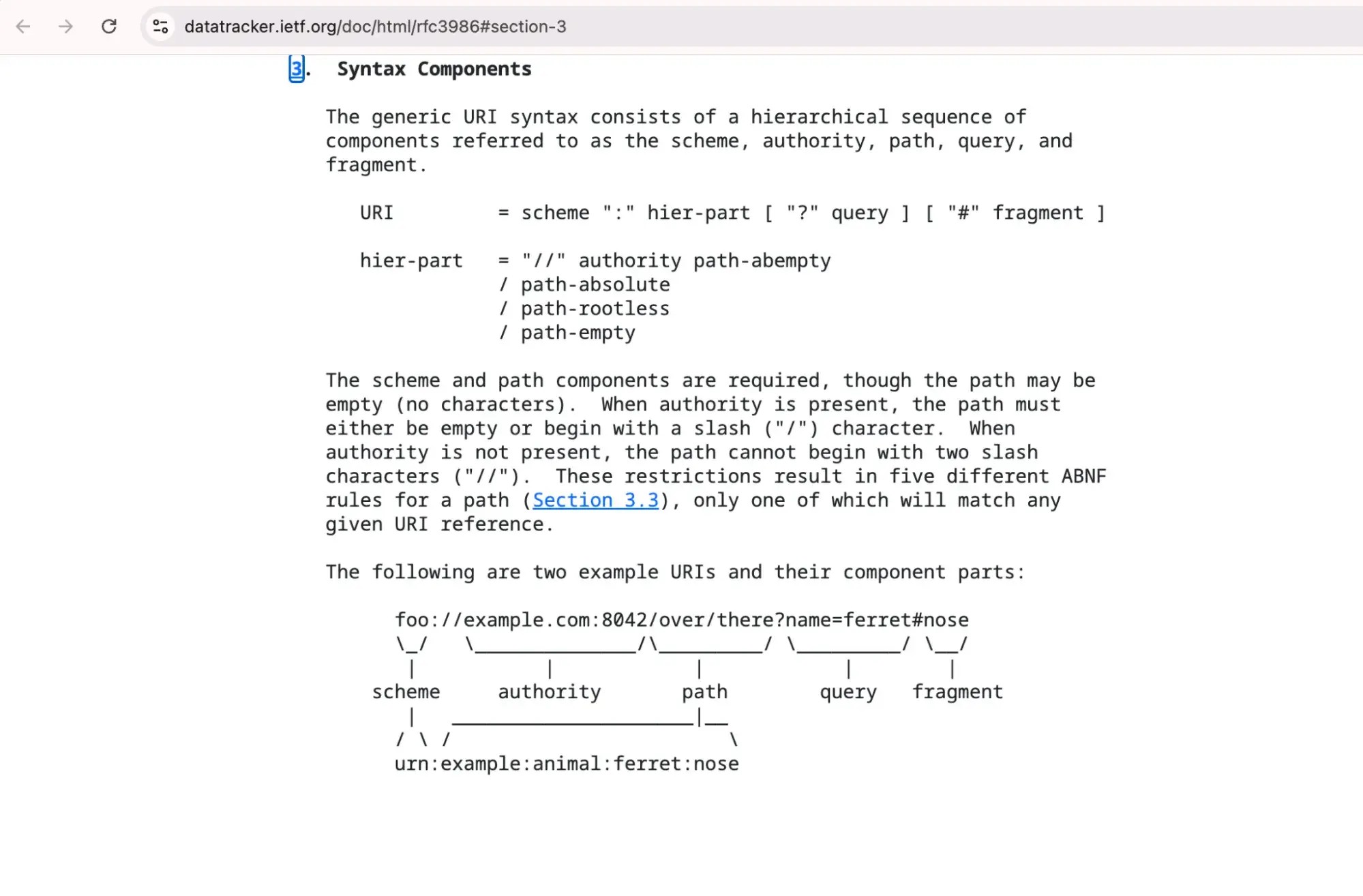
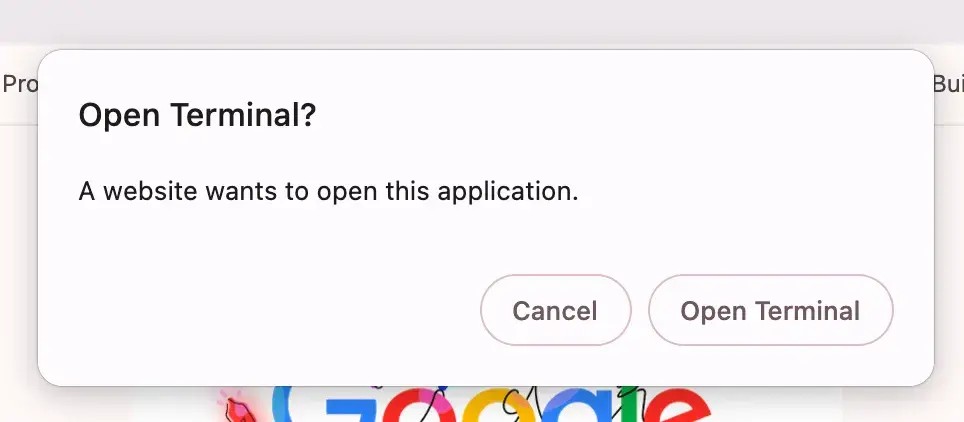
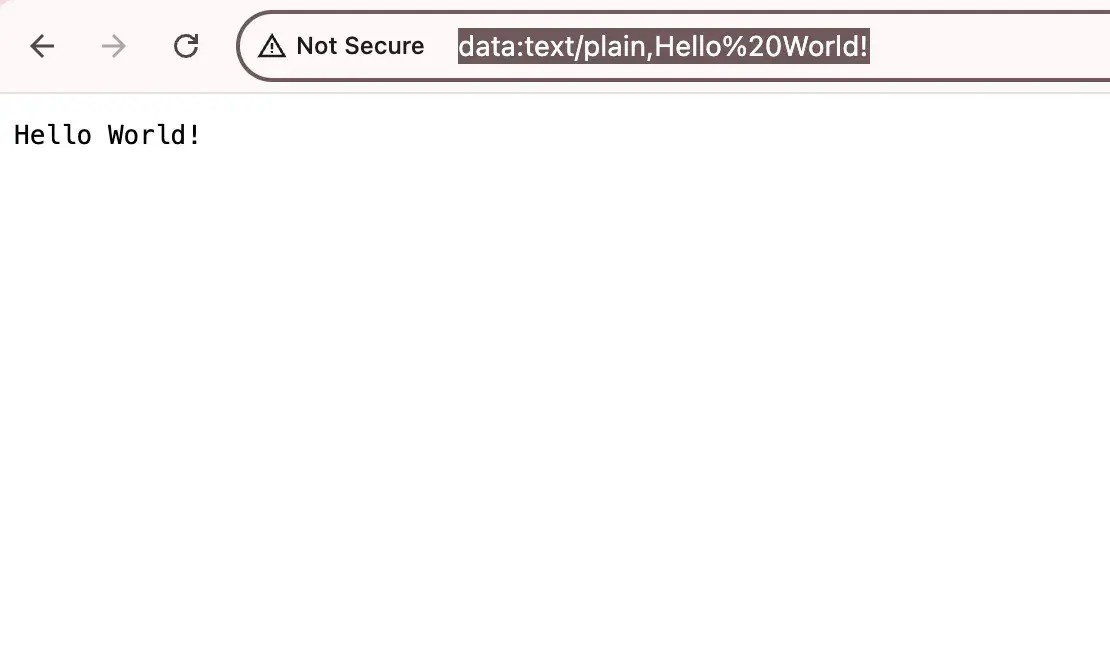
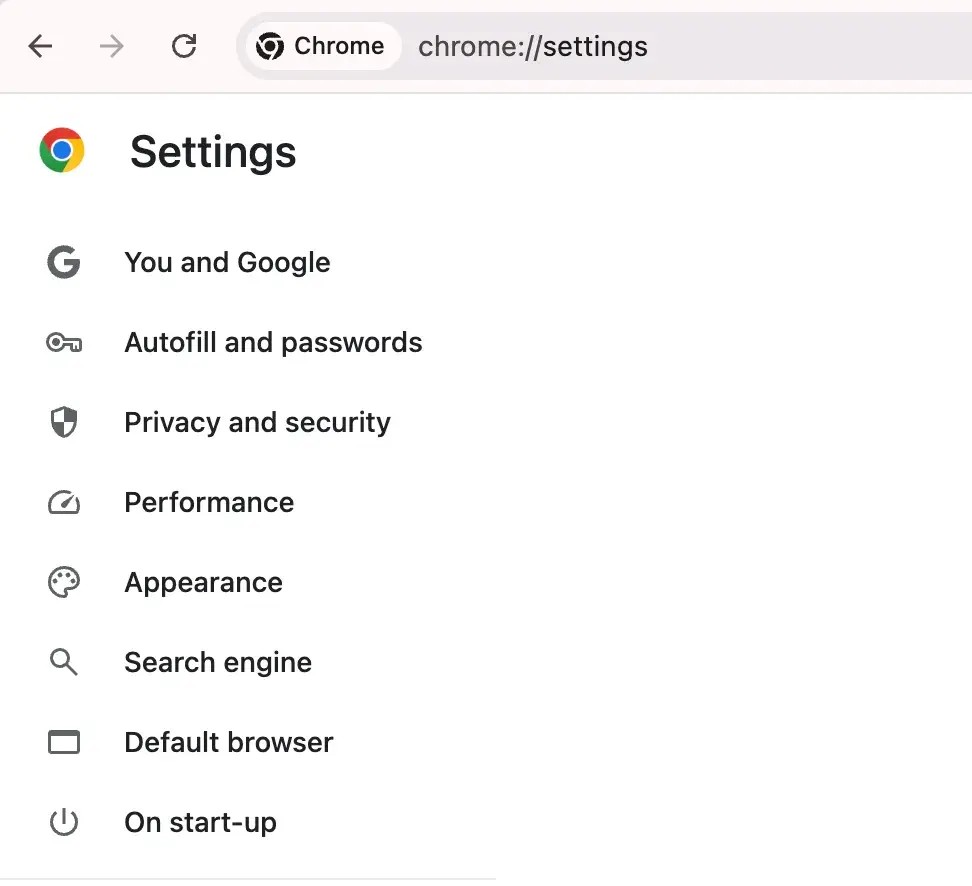
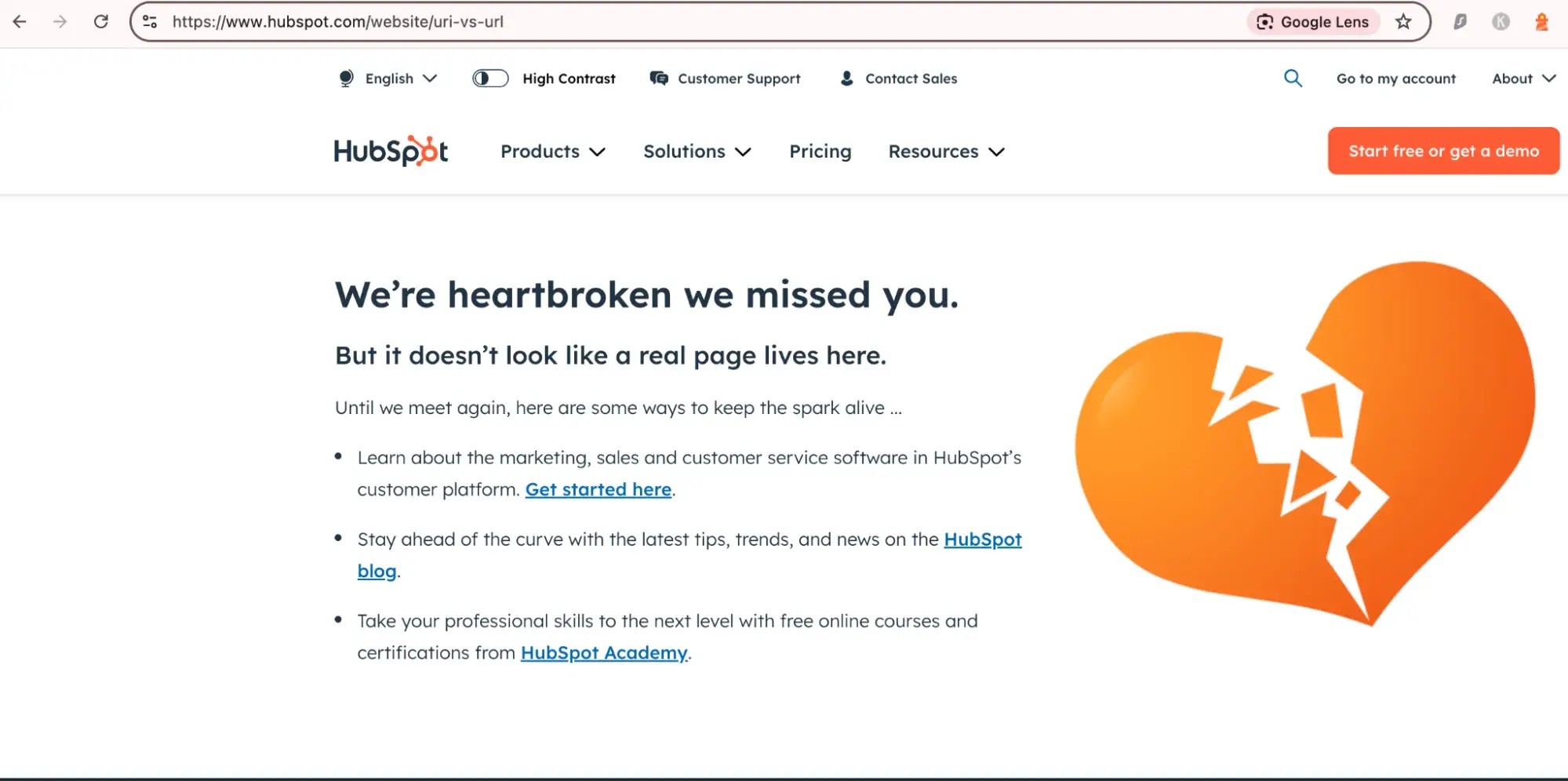
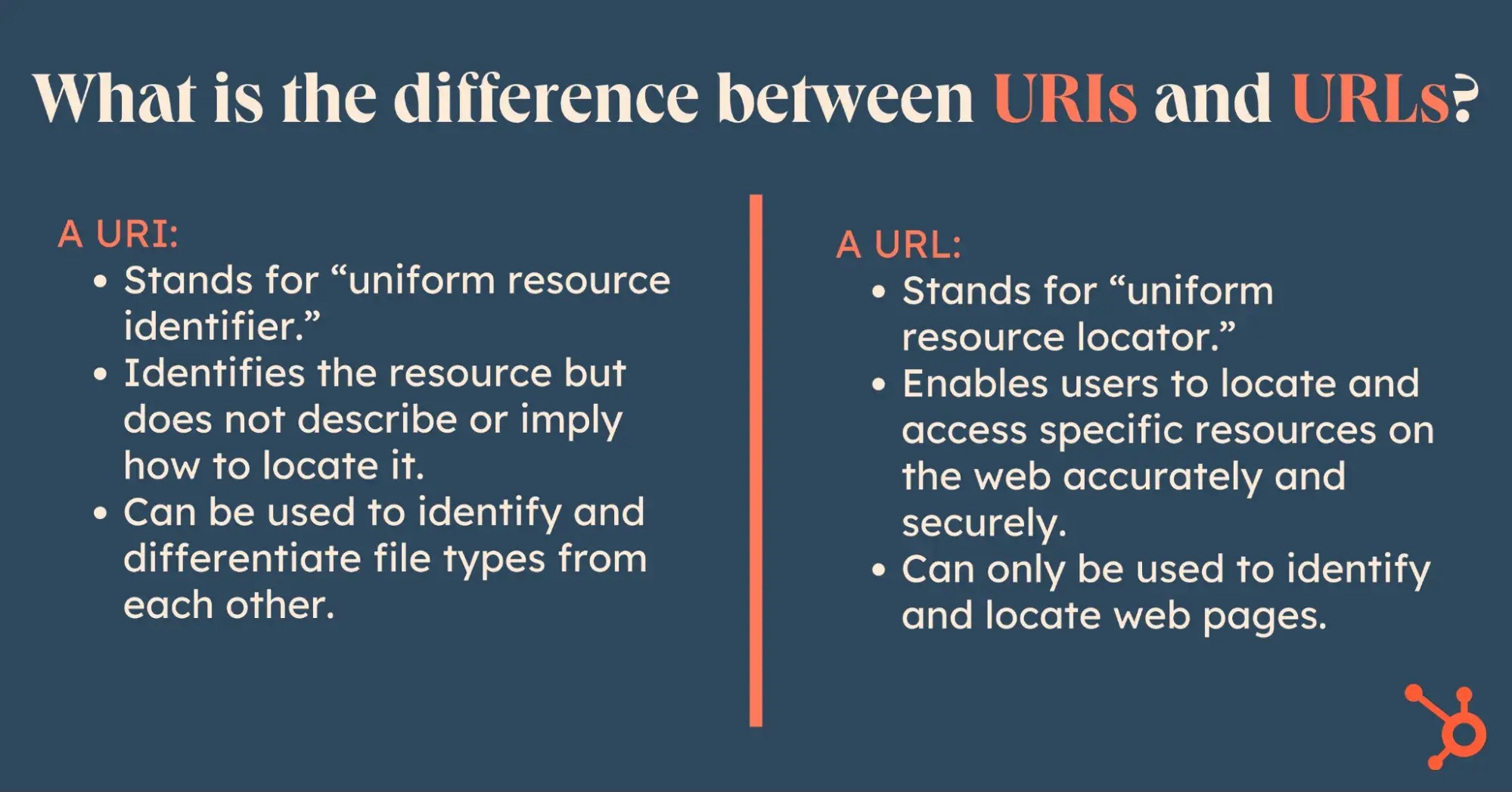
11. Need More Help? Ask WHAT.EDU.VN
Navigating the intricacies of URIs, URLs, and other technical aspects of the web can be challenging. If you have questions or need further clarification, WHAT.EDU.VN is here to help. Our platform offers free question-and-answer services to assist you with any topic.
Whether you’re a student, a professional, or just someone curious about the internet, we’re committed to providing clear, accurate, and helpful information.
Don’t hesitate to reach out and ask your questions. Our community of experts is ready to provide the answers you need. Contact us at:
- Address: 888 Question City Plaza, Seattle, WA 98101, United States
- WhatsApp: +1 (206) 555-7890
- Website: WHAT.EDU.VN
At what.edu.vn, we believe everyone deserves access to free and reliable information. Ask your questions today and get the answers you’re looking for!